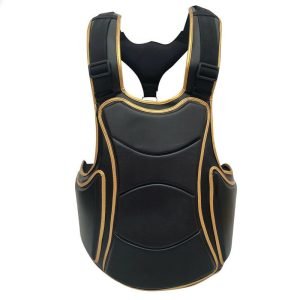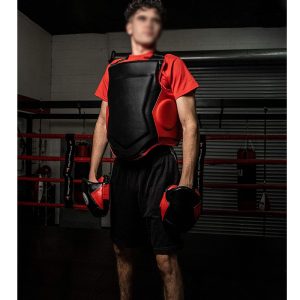1. Skin abrasions and joint capsule injuries on the metacarpophalangeal joints: Athletes wear gauntlets to hit the opponent’s athletes after tying their hand bandages, or wear thin sandbag gloves to hit the sandbags as the content of long-term training. After making a fist, the metacarpophalangeal joints are In the parts directly under stress, skin abrasions and ulcers occur in the metacarpophalangeal joints due to the reaction force of direct friction and hitting, and the joint capsules are chronically and repeatedly damaged, resulting in fibrosis and thickening, especially in the third metacarpal head. . Such injuries can cause local swelling, pain, limited mobility, skin ulceration, or secondary infection, and repeated injuries can cause localized skin keratinization and joint deformation. In order to prevent and alleviate such injuries, athletes are required to use softer hand bandages, and perform local massage and hyperthermia after training to improve the blood supply and nutrition of the skin; when skin ulcers occur, clean and disinfect the wound to avoid re-injury, and Proposed changes to training content to promote healing.
2. Subluxation of the metacarpophalangeal joint of the thumb: When an athlete uses a pendulum boxing to hit the opponent in the boxing ring training or competition, because the fist is not tight or the hitting action is not standardized, the thumb is used as the hitting point, which is prone to semi-metacarpophalangeal joint of the thumb. dislocation. This type of injury manifests as sudden severe pain, sometimes a crisp snapping sound, local swelling or visible deformity of the metacarpophalangeal joint of the thumb, obvious tenderness, and limited mobility. X-ray films showed that the first metacarpal head was displaced outward and dorsally in a subluxated shape. The treatment principle is to implement manual reduction and local fixation as soon as possible, and the thumb is required to be fixed in dorsiflexion and abduction position.
3. Metacarpal fracture: This type of injury often occurs in competitions, due to the rapid and powerful punching, hitting the opponent’s hard part. The most common is a fracture of the third metacarpal or the base of the first metacarpal. The injury is manifested in the athlete feeling sudden severe pain and not daring to punch, or even hearing the sound of a fracture in the boxing ring, and the athlete often signaled to the referee to stop the match. The on-site medical supervisor sitting on the stage should be good at observing every detail of the game. If an athlete suddenly appears in pain and does not dare to fight, he should signal to the referee on the stage to suspend the game, and carefully check the injured athlete’s hand. If there are signs of fracture, the game can be stopped for further diagnosis and treatment. After the fracture occurs, the injured part is swollen, with peripheral tenderness and axial compression pain. In severe cases, local deformity or bone fricative can be heard. X-rays often show short-bevel metacarpal fractures. Manual reduction and external fixation should be adopted as soon as possible. For those who are not satisfied with the reduction, open reduction and internal fixation with Kirschner wire can be considered.





















